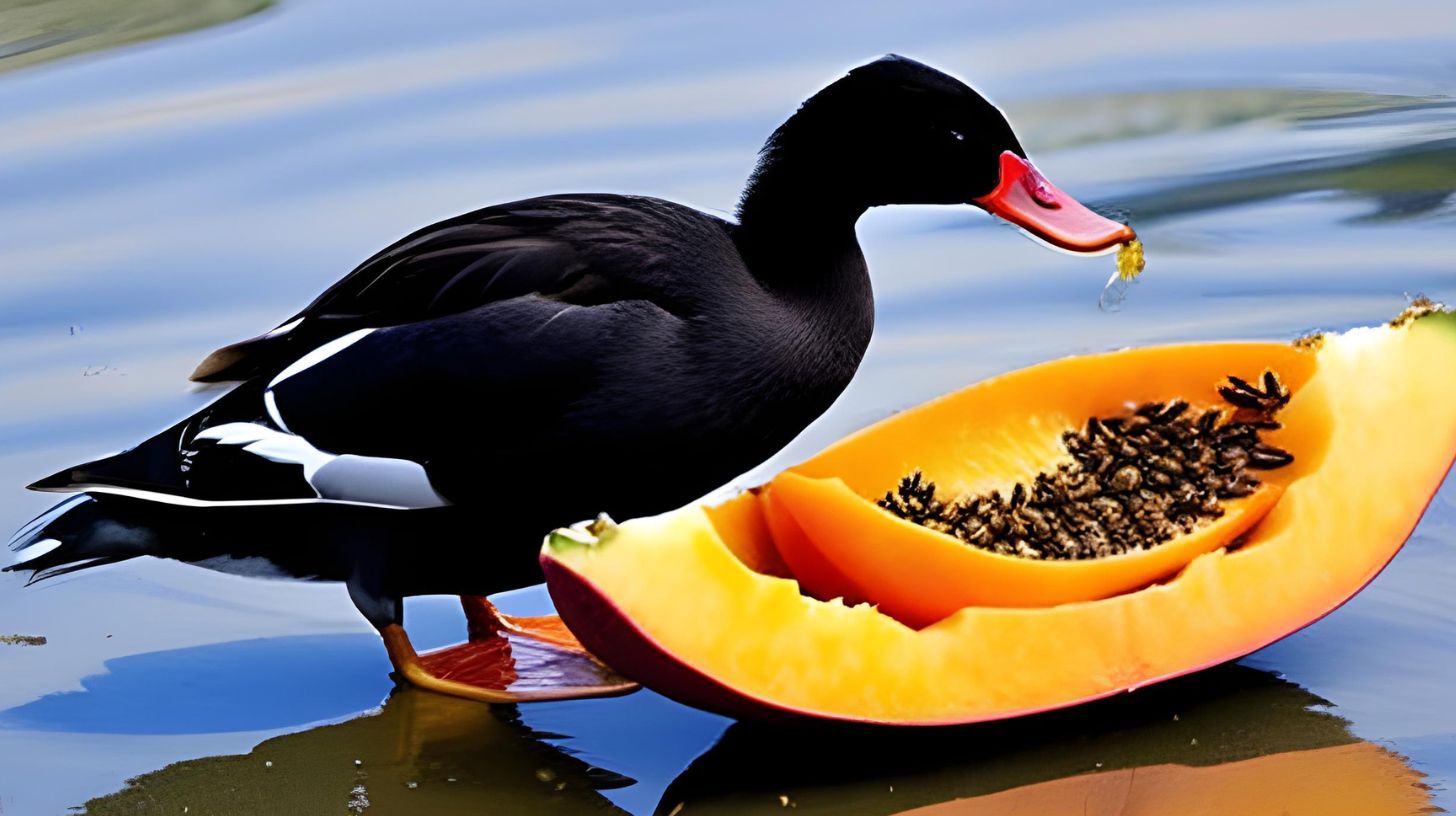Do Ducks Dive Underwater? Diving Abilities of Ducks

Table of content:
It’s enjoyable to watch them gracefully swimming and bobbing along the surface. But ducks have a whole other world that exists underwater. Ducks frequently dive below the surface to find food, escape predators, clean themselves, and explore.
While floating on the water may look effortless, diving requires ducks to exert energy and use special adaptations. Their bodies are designed for diving, with waterproof feathers, webbed feet for paddling, and valves to seal their nostrils.
Do Ducks Actually Dive Underwater?
Yes, ducks do dive and swim underwater. Diving is an important skill ducks use for feeding, escaping danger, bathing, and navigating their aquatic environment.
All species of ducks have the ability to submerge and swim below the surface. Dabbling ducks like mallards make frequent shallow dives to reach food in the water column. Diving ducks like canvasbacks have adaptations to dive even deeper.
Ducklings cannot dive when they first hatch. But they rapidly gain swimming skills and start diving within their first few months. Diving helps young ducks evade predators and develop independence as they venture further from their mothers.
How Long Can Ducks Stay Underwater?
Most dives by ducks are fairly brief, lasting 15 to 30 seconds on average. But some ducks can remain underwater for extended periods.
Ducks are designed for diving with special nostril valves and high oxygen storage abilities in their muscles and blood. When they submerge, ducks can seal off their nostrils to prevent water from entering.
Their hearts also slow down during dives to conserve oxygen. All of these adaptations allow ducks to hold their breath underwater for up to 30 seconds at a time.
Certain species have even greater diving capacities. Tufted ducks can remain underwater for 1 minute. Long-tailed ducks are champion divers, staying submerged for lengths over 2 minutes while hunting fish and crustaceans.
Why Do Ducks Dive Underwater?
Ducks dive for a variety of reasons crucial to their survival and health. The main purposes are:
Foraging for Food
Many ducks dive to depths up to 20 feet in search of aquatic plants, fish, and invertebrates. Mallards dive for mollusks, fish, and aquatic insects. Scaups search for snails and other prey along lake bottoms. Canvasbacks dive for roots, shoots, and tubers buried in the mud.
Escaping Predators
Diving helps ducks escape from predators like foxes, coyotes, raccoons, and snapping turtles. At the first sign of danger, ducks will rapidly dive underwater and swim away to safety.
Feather Care
Ducks dive to wet and rinse their feathers to maintain waterproofing. Preen oil from their uropygial gland needs water to spread across feathers. Diving also removes dirt and parasites from plumage.
Exploration
Diving satisfies ducks’ curiosity to examine their surroundings. It helps them scout for food resources and become familiar with the bathymetry.
How Deep Do Ducks Dive Underwater?
Most dives by dabbling ducks only reach depths of several feet. But some species can dive considerably deeper.
- Mallards typically dive 3 to 6 feet to find food.
- Canvasbacks can dive down to depths of 20 feet.
- Redheads reach over 10 feet when diving for sago pondweed.
- Greater scaups can plunge up to 18 feet to catch mollusks and crustaceans.
- Long-tailed ducks are the deepest divers, plunging over 130 feet in search of bottom-dwelling prey.
The depth depends on the individual duck’s age, sex, and foraging needs. During the breeding season, male ducks tend to dive deeper to find nutritious foods as they build energy reserves.
What Types of Ducks Dive the Deepest?
Several groups of ducks are specialized for deeper diving. These include:
Pochards
Pochards like canvasbacks, redheads, and greater scaups are efficient divers equipped with legs set far back on their bodies. Their heavy body weight helps them descend quickly.
Sea Ducks
Sea ducks frequent saltwater habitats like estuaries and coastal bays. Long-tailed ducks, harlequin ducks, and eiders dive to ocean depths over 100 feet.
Stifftails
Stifftails, also called diving ducks, have legs placed far back for excellent diving. Buffleheads, ruddies, and mergansers all make deep plunging dives.
Tufted Ducks
A small Eurasian diving duck, the tufted duck dives constantly while foraging. It can reach depths over 20 feet in search of mollusks, leeches, and insects.
Do Ducklings Dive Underwater?
Baby ducklings are unable to dive when they first hatch. Newly hatched ducklings float high on the water’s surface due to air trapped in their downy feathers. They propel themselves with paddling feet but cannot yet submerge.
Within their first week after hatching, ducklings rapidly gain swimming skills. By two to three weeks old, they can fully submerge and begin diving under to evade predators.
As they grow, juvenile ducks perfect their diving abilities. By two to three months old, most young ducks can dive as well as adults. Diving helps young ducks forage independently and avoid danger as they venture further from their mothers.
The Diving Adaptations of Ducks
Ducks possess specialized adaptations that allow them to see, breathe, and propel themselves underwater:
- Vision – Ducks have excellent underwater vision thanks to refractive corneas that help them see clearly when submerged. Nictitating membranes protect their eyes while diving.
- Nostril Valves – Muscular nostril flaps seal off the nostrils to keep water out when submerged. This allows ducks to hold their breath.
- Feather Waterproofing – Overlapping, oiled feathers retain air and repel water during dives. Contour feathers provide sleek hydrodynamics.
- Webbed Feet – Webs connecting the toes provide surface area to paddle and propel through the water. Stiff tails act as rudders when maneuvering underwater.
- Oxygen Storage – Myoglobin in breast muscles and hemoglobin in blood allow ducks to store oxygen for extended dives. Slowed heart rates conserve oxygen when submerged.
Final Thoughts
Diving is an important part of daily life for ducks. They rely on their ability to swim below the surface to find nutritious foods, escape predators, care for their feathers, and explore aquatic habitats. Ducks are graceful in the water thanks to adaptations like waterproof plumage, webbed feet, and nostrils that seal out water. Understanding how ducks dive provides a new appreciation for their lives in the watery realm below the surface.
Welcome. I’m Adreena Shanum, the proud owner of this website, and I am incredibly passionate about animals, especially poultry. I founded adreenapets.com as a labor of love, stemming from my desire to share my knowledge and experiences with poultry enthusiasts worldwide.




